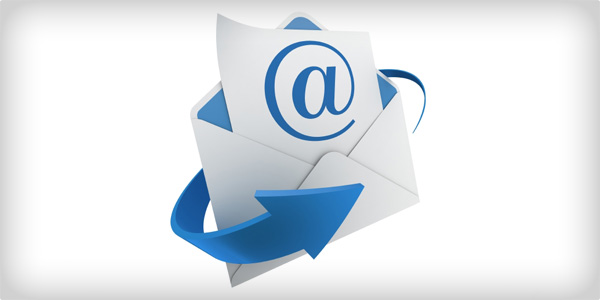To maximize revenue and keep overhead costs relatively low, you have to foster loyalty among your customers. According to Flowtown, it’s six to seven times more expensive to find a new client than it is hold on to your current patrons. Marketing costs and lost sales during the lead generation period contribute to the expenses of converting consumers into customers. Part of managing your small business is creating lasting relationships with your clients. A loyalty program can be a valuable tool for retaining customers and ensuring that they return to your establishment. Follow these tips to develop a great rewards program for your company.
Pick a card
A card is the basis for most loyalty programs. For instance, many large enterprises have credit cards that only work in specific establishments so customers have to come back to earn rewards and discounts . The Small Business Administration points out that you don’t have to use plastic if you don’t have the resources – you can also use paper. Punch cards are great for smaller enterprises that can’t afford to create a credit card. The tickets are simple to use – just punch a new hole every time a customer makes a purchase. After a certain number of transactions, you should offer a reward like a free gift or promotional discount.
Evaluate your resources to determine if you should use plastic or paper. Credit cards are the best options if you want to accumulate customer data like addresses and phone numbers. This options also allows you to track specific buying habits to track patrons’ habits. Having keen insights into your customers can be beneficial in the long run, helping you establish stronger relationships with clients.
Give a gift
Perhaps the most important feature of your loyalty is the gift you promise consumers. Customers rarely sign up for credit cards if they can’t earn a special prize for continually shopping in the same establishment. After regularly buying merchandise from your business, patrons expect some sort of token of appreciation for their loyalty.
Small Biz Technology notes that you must offer presents that your customers actually want. Remember that what you think is a great gift might not be the same as your clients’ ideas. For instance, while you believe a small discount is ideal, patrons may prefer free items or premium services. Test different rewards to see what garners a strong response, and be prepared to find new ones if the reaction is largely negative. Alternatively, you could take the direct approach and ask people what they want. Include the question in a regular survey so you receive genuine answers. This will help you quickly find the best presents for every customer.
Socialize
Loyalty programs don’t have to be analog ventures. Inc. Magazine notes that some businesses have begun using social media to give their programs a digital twist. For instance, the Brooklyn Museum offers a free membership to its mayor on Foursquare. This strategy shows how you can adapt loyalty programs for different social networks. Facebook doesn’t have mayors, but you could give the user who likes most of your posts a discount. Find creative ways to engage your fans so that they are excited about your company.
Those are only some of the ways that you can use a program and incentives to foster loyalty among your customer base. The initiatives will vary from business to business, so no two will be exactly the same. How did you create a loyalty program? What were the most difficult aspects of launching the project?


